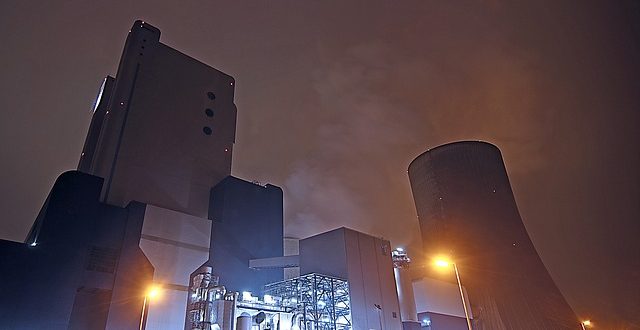Web Desk — Malik Amin Aslam, Special Assistant to the Prime Minister (SAPM) on Climate Change, has stated that Pakistan intends to use all kinds of renewable and low-carbon energy sources to meet the Zero-Carbon emission goal by 2050 as the country plans to use 40,000 MW of nuclear energy.
SAPM spoke at an International Webinar on “Nuclear Energy: a Key to Net Zero (Green Future)” hosted by Strategic Stability Institute (SASSI) University on Friday, according to a media release.
Malik, while throwing light on the renewable energy sources, said “We will make optimal use of our wind, hydro, solar, and nuclear resources to meet the goals set by Conference of the Parties (COP26).”
Ex-Member (Power), Pakistan Atomic Energy Commission (PAEC), Zia ul Hasan Siddiqui hoped for a global policy regarding increasing the capacity of existing and new reactors. To produce baseload power, he recommended only nuclear technology instead of fossil fuel plants.
Renewable sources are inexhaustible and free but have time, season, and geographic limitations.
Nuclear energy is available, scalable, and deployable, according to Emilia Janisz, External Manager of the European Nuclear Society. According to her, net-zero demands a 40% increase in nuclear energy output by 2030 and a double increase by 2050.
Nuclear technology has a clear future, according to Dr. Jonathan Cobb of the World Nuclear Association (WNA).
Solar Projects Become More Expansive In Pakistan
New reactors are more efficient and have more capacity than older ones, he said, adding that COP-26 provides an opportunity for global action.
Syed Javaid Khurshid, former president of the Pakistan Nuclear Society, said carbon dioxide emissions should be stabilized at 550 parts per million by 2050.
Pakistan’s nuclear energy vision for 2030 and 2050 was 8,800 MW and 40,000 MW, respectively.
Pakistan To Lose 50% Kinnow Export This Season
Tim Yeo, Chairman of the New Nuclear Watch Institute (NNWI), emphasized reducing greenhouse gases in this decade. He said that Covid 19 already affected our efforts, adding that nuclear energy as a low-carbon baseload power was needed more than ever.
Hamid Akbar, Director of Nuclear Security Programme at SASSI University, summarized the webinar. We take our planet for granted until we see the human cost of its degradation, he said.
Furthermore, he said we all want the same thing – a safe place to live on this earth. He said that Pakistan’s share of nuclear energy is only 7% of the total installed energy.
Instead of what Pakistan plans regarding the development of the renewable energy sector, there are some issues that need to be addressed.
- Solar Power/Solar Electricity
With the removal of tax exemptions on imports of solar panels and related equipment through the mini-budget mid-January 2022, the cost of setting up solar power projects in Pakistan has risen by 30% to Rs70 per unit (watt).
2. Geothermal Energy
Geothermal energy is heat within the earth. The word geothermal comes from the Greek words geo (earth) and therme (heat). Geothermal energy is a renewable energy source because heat is continuously produced inside the earth. People use geothermal heat for bathing, to heat buildings, and to generate electricity. The souce of geothermal energy has been completely out of sight of the governments in Pakistan, so we don’t see geothermal energy plants being set up in the coutnry.
Renewable and Non-Renewable Energy Sources
There are two major sources of energy: renewable and non-renewable.
The supply of non-renewable energy resources is limited, usually because they take a long time to replenish. With these non-renewable resources, power plants are able to produce more power on demand. These non-renewable resources include:
- Coal
- Nuclear
- Oil
- Natural gas
On the other hand, renewable resources replenish themselves. Among them are:
- Solar
- Wind
- Water, also called hydro
- Biomass, or organic material from plants and animals
- Geothermal, which is naturally occurring heat from the earth




